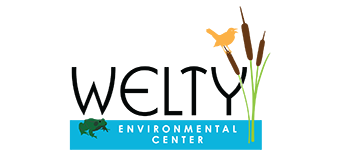Including Traditional Ecological Knowledge at Welty
At the end of June, both Brenda (Executive Director) and myself had the opportunity to attend the Indigenous Arts and Sciences online summer institute at UW-Madison, our time funded by DuPont’s Clear into the Future grant. The workshop had many goals that align with Welty’s efforts to be more inclusive.
For example, Welty has been looking for ways to authentically–as IAS states– “integrate Indigenous perspectives and experience with ecological restoration education” beyond partnerships with the Seven Springs All Nation drum circle during our annual Maple Sugar Festival, and our 3rd grade Maple Sugar field trips. Our fourth grade field trips also address indigenous knowledge and perspectives. However, as we live and work on formerly occupied Ho-Chunk land, it is my personal wish to build on those two successful integrations.

( A revised version of one of our 2nd grade field trip Producer cards-see explanation below. )
Using TEK emphasizes working with place-based systems…
…which benefits all elements of the ecosystem.
Language is everything. When a language disappears, so does the culture. As pictured above, Mahic (common milkweed) was seen as poisonous by settlers, but it was an indigenous source of food. The unopened flower buds and the young top leaves were boiled to make soup. If we can honor TEK, we can learn ways that the place in which we live can support us.
It is my hope that we can make new connections to the local Ho-Chunk and partner in ways that integrate TEK into more of our educational programming. This will take listening, research, and time; however, it is vital and important work. I am glad to have the opportunity to undertake the journey.
 Aaron Wilson
Aaron Wilson
Program Director, WEC
info@weltycenter.org
608-361-1377





